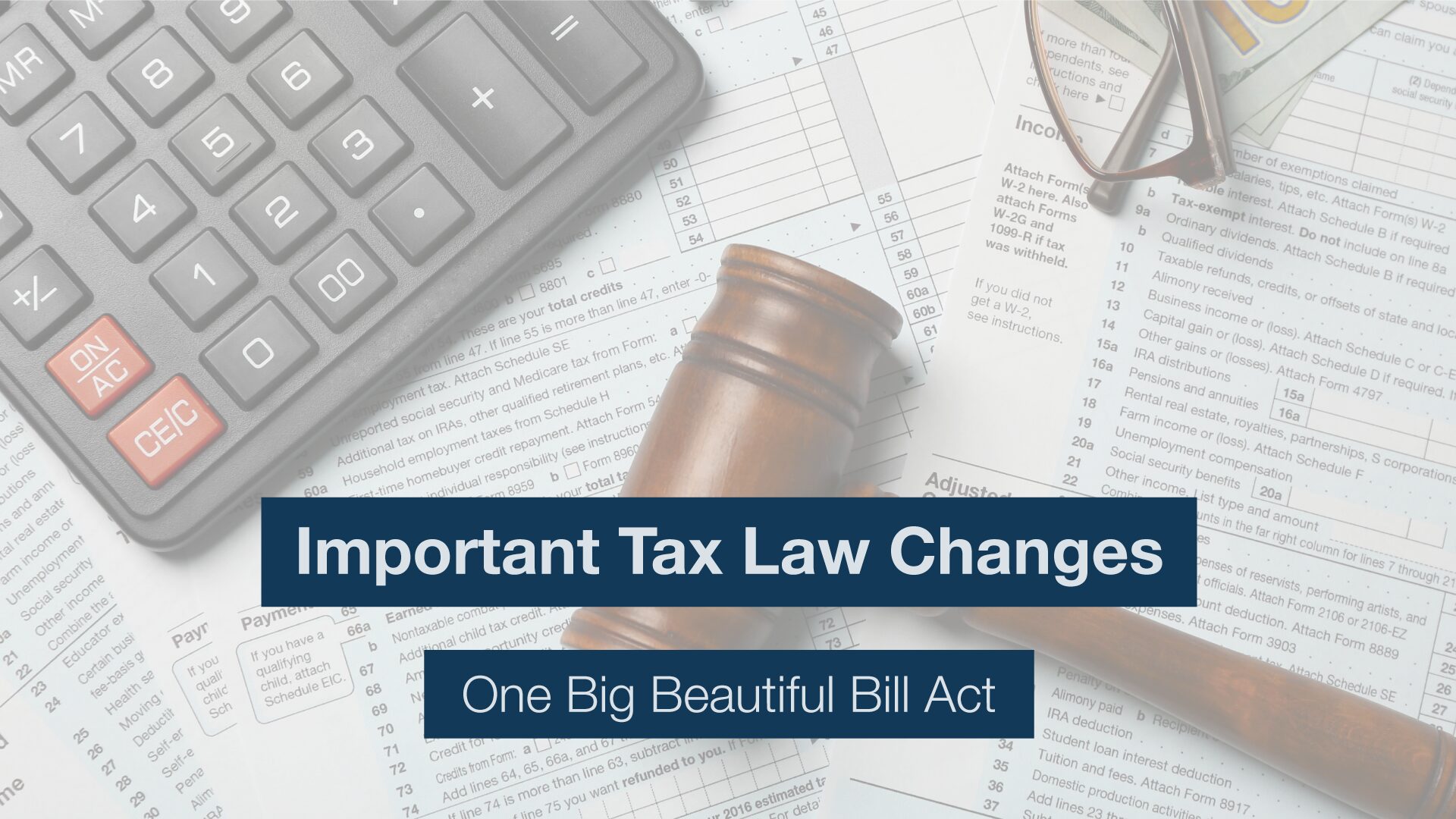Inherited IRAs – Your Must-Know Basics
You’ve inherited an IRA. What happens now?
Are you the son, daughter, brother, sister, niece, nephew, friend, that has inherited an Individual Retirement Account (IRA) from someone (basically, anyone but your spouse)? If you answered yes to this question, then you are subject to Required Minimum Distribution (RMD) rules for that account.
Based on when you inherited the IRA, there are different rules for how you must distribute the account. You will find yourself in one of the three groups listed below, and each has a different set of guidelines for present day distributions.
- The original account owner died December 31st, 2019 or before
- The original account owner died January 1st, 2020 or after
- You’re inheriting an (already) Inherited IRA
1.) You inherited the IRA prior to 2020
The RMD from your Inherited IRA can be taken over your lifetime. The requirement for your distributions would have started in the year following the death of the original account owner and it is anticipated that it will extend over your lifetime. This is often referred to as the “stretch IRA”.
Two variables are needed to calculate the RMD: the value of the account on December 31st of the prior year and the life expectancy factor. The December 31st value is divided by the factor to calculate the RMD. In the first year of your RMD, you choose the appropriate life expectancy factor for your age from the Single Life Expectancy Table. After that, the original factor is decreased by one each year for the calculation.
In this category, you are allowed to take distributions that are more than the amount of the calculated RMD for that year, but need to at least fulfill the minimum retirement to avoid a 50% penalty. Also, the RMD can be fulfilled from multiple distributions, as long as the total requirement is met by the deadline of December 31st of the distribution year.
2.) You inherited the IRA during or after 2020
The SECURE Act, was signed into law in 2020 and eliminates the ability to stretch the distributions across an inheritor’s lifetime. Under the new law, the entire Inherited IRA must be distributed by the end of the 10th year following the owner’s death.
For example, if your uncle passed away in March 2020 and you were the sole beneficiary of his account, you will need to distribute the entire balance that funded your Inherited IRA by December 31st, 2030. The main difference in this category is that the timeframe in which you are allowed to distribute this inheritance has been reduced. In turn, this can have a significant impact on your flexibility accessing the IRA funds and the resulting tax implications.
3.) Inheriting an Inherited IRA
Now let’s go one step farther. What if you inherit an IRA that was already inherited by a non-spouse beneficiary? The main thing to remember here is that the RMD calculation cannot be reset when a successor beneficiary inherits an Inherited IRA. Any beneficiary (spouse or non-spouse) of an Inherited IRA will continue taking distributions using the same life expectancy factor of the original beneficiary. An example of this is demonstrated in this Ed Slott article.
A couple things to note
– In each of these categories, any dollars that are distributed from the Inherited IRA will be treated as taxable income in that year.
– Some folks may be familiar with the concept of taking a Qualified Charitable Distribution (QCD) from a Traditional IRA to make a charitable gift. Using a QCD can be tax advantageous because that portion of the RMD from a Traditional IRA is not taxable. This strategy is not allowed for distributions from Inherited IRAs.
– You are only allowed to consolidate multiple Inherited IRAs if they are inherited from the same deceased account owner, and, consequently, the RMD calculation from each of the accounts would have used the same life expectancy factor.
– Due to the CARES Act, the RMD has been waived for 2020. You still have the option to distribute from the account; however, it is not required.
– As always, we recommend you review your distribution request with a trusted financial advisor, or the custodian that holds your Inherited IRA(s).
Since 1985, PDS Planning has worked with clients to eliminate the stress often associated with planning your financial future. With over 30 years of experience helping clients make financial decisions, we’re experts at optimizing a plan to each individual’s highly specific needs. We’ll work to understand your vision for the short and long-term. And we will provide objective guidance on the proper path to help reach your goals.
To learn more about PDS Planning, please contact us.
Please remember that past performance may not be indicative of future results. Different types of investments involve varying degrees of risk, and there can be no assurance that any specific investment, strategy, or product or any non-investment related content, made reference to directly or indirectly in this newsletter, will be suitable for your individual situation, or prove successful. This material is distributed by PDS Planning, Inc. and is for information purposes only. Although information has been obtained from and is based upon sources PDS Planning believes to be reliable, we do not guarantee its accuracy. It is provided with the understanding that no fiduciary relationship exists because of this report. Opinions expressed in this report are not necessarily the opinions of PDS Planning and are subject to change without notice. PDS Planning assumes no liability for the interpretation or use of this report. Consultation with a qualified investment advisor is recommended prior to executing any investment strategy. No portion of this publication should be construed as legal or accounting advice. If you are a client of PDS Planning, please remember to contact PDS Planning, Inc., in writing, if there are any changes in your personal/financial situation or investment objectives. All rights reserved.




